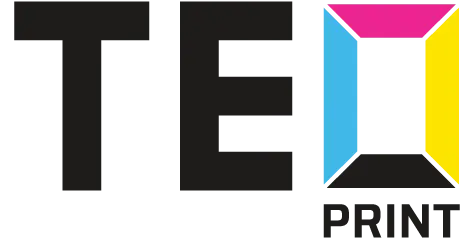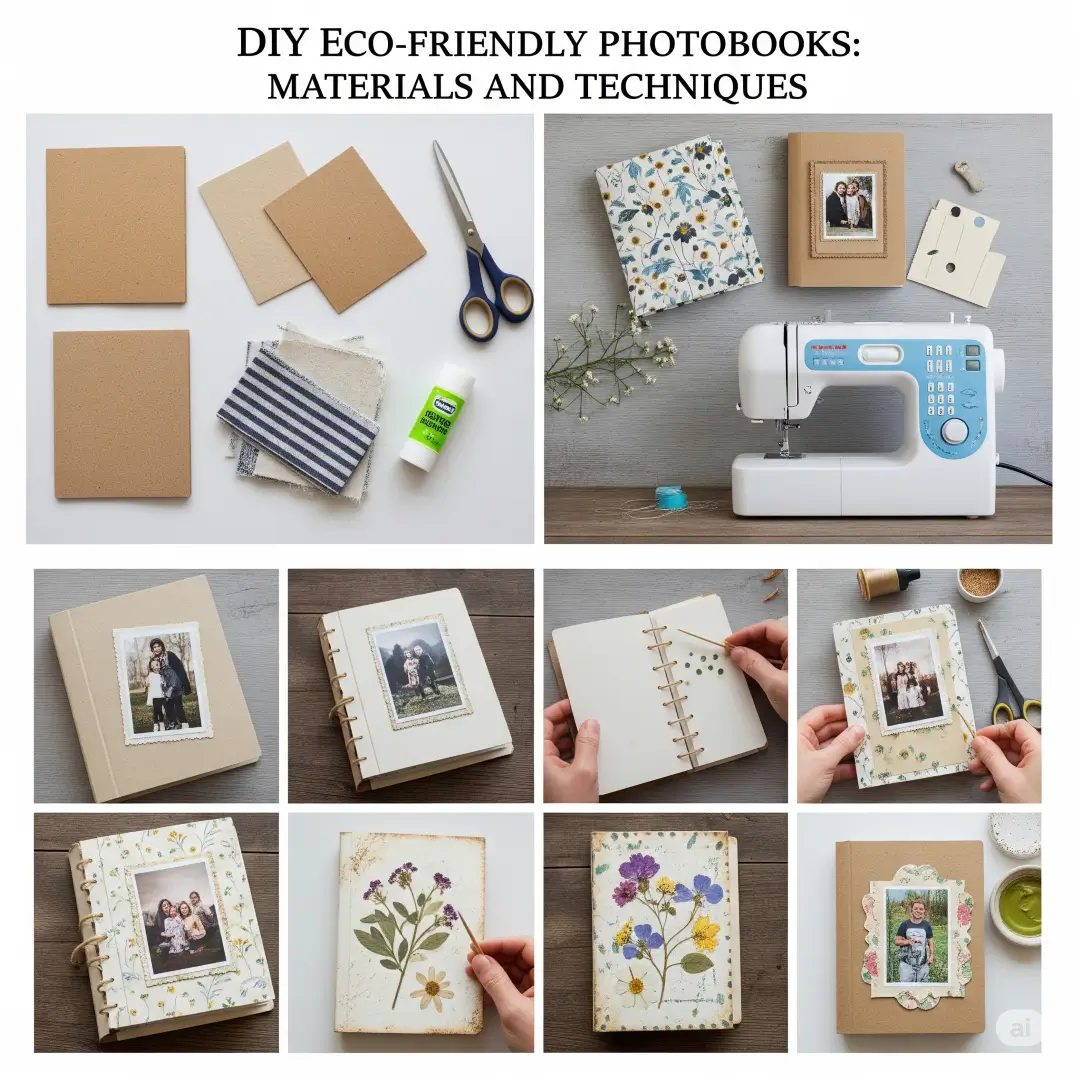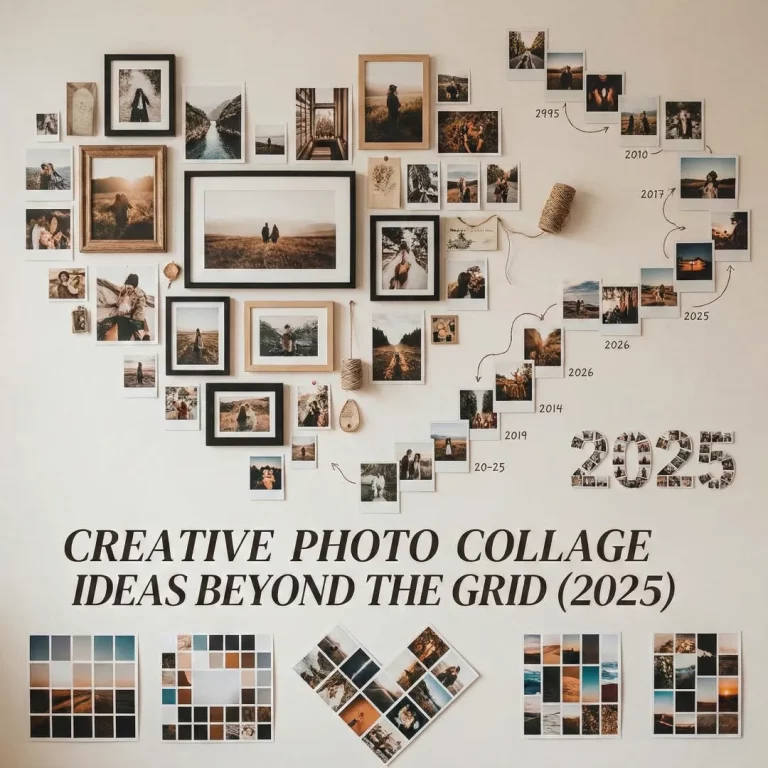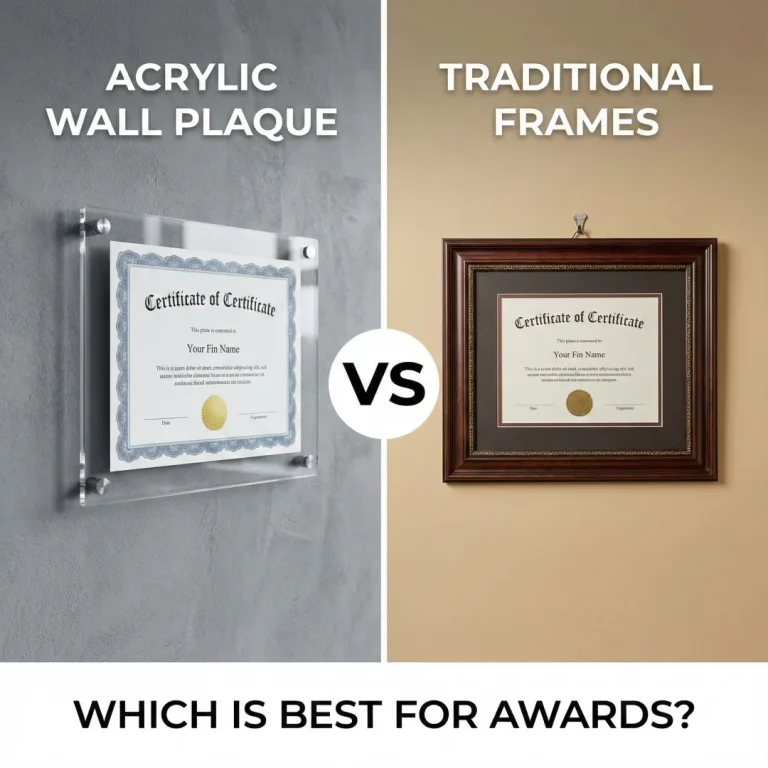At a time when 78% of consumers prioritise sustainability, creating eco-friendly photobooks has evolved from a niche craft to an essential practice. While traditional photo albums contribute to deforestation and chemical pollution, modern makers now face the challenge of preserving memories without compromising planetary health. This guide outlines the latest methods and materials that make the creation of photobooks an eco-friendly art form that integrates high-quality archival material with a commitment to sustainability.
The Sustainable Materials Revolution
Recycled Paper Innovations
The foundation of any photobook lies in its paper, and today’s recycled options defy conventional expectations. Post-consumer waste paper now achieves 99% brightness parity with virgin pulp and uses enzymatic deinking processes that reduce water consumption by 60% compared to traditional methods. For textural depth, consider cotton rag paper blended with 30% hemp fibres – a combination offering both durability and rapid biodegradability.
Recent breakthroughs in stone paper technology present a tree-free alternative, combining calcium carbonate with non-toxic resins to create waterproof pages ideal for travel albums. Though costing 20% more than standard recycled stock, its carbon footprint is 67% lower across the lifecycle.
Plant-Based Coatings and Inks
Move beyond petroleum derivatives with these advanced options:
| Material | Composition | Dry Time | Color Gamut |
| Algae Ink | 100% bio-based | 4 hrs | 98% CMYK |
| Soy Wax Coating | Modified soybean | 2 hrs | Matte Finish |
| Mushroom Leather | Mycelium composite | N/A | Natural Texture3 |
The University of Toronto’s 2024 study demonstrated that algae-based inks decompose 40x faster than petroleum equivalents while maintaining colour fidelity for 100+ years. For cover materials, apple leather – made from cider industry waste – offers a carbon-negative alternative to traditional bonded leather.
Low-Impact Construction Techniques
Waterless Binding Systems
Modern eco-binding techniques eliminate adhesive toxins through:
- Ultrasonic welding: Using sound waves to fuse pages (0% VOC emissions)
- Bio-staple systems: Cornstarch-based staples dissolving in 6 months
- Origami-fold structures: Eliminating spine materials entirely
The Canadian Print Institute’s 2025 trial showed waterless binding reduces energy use by 33% and material waste by 28% compared to perfect binding. For home crafters, simple Japanese stab binding with organic hemp thread achieves professional results while using 90% less energy than thermal binding machines2.
Solar-Powered Curing
Innovative makers now use UV-resistant dyes cured through:
- Window sill exposure: 48-hour natural curing cycle
- DIY solar concentrators: Parabolic reflectors boost cure speed by 400%
- Portland’s Green Art Collective achieved archival stability equivalent to industrial processes using only ambient sunlight, proving sustainability doesn’t compromise quality.
Digital Enhancement Strategies
AI-Assisted Layout Optimization
Platforms like Photobook.ai now use neural networks to:
- Automatically remove duplicate images (reducing paper waste by 18%)
- Suggest crop patterns maximizing page efficiency.
- Generate ink-saving sepia/grayscale alternates.
Their 2025 algorithm update demonstrated 22% material savings per book through intelligent asset placement, making professional-grade efficiency accessible to home users.
AR-Integrated Storytelling
Augment physical albums with:
- QR codes linking to video backups (reducing the need for duplicate prints)
- NFT-based digital twins for secure cloud archiving
- Interactive maps showing photo locations via recycled paper NFC tags
Preservation and Maintenance
Implement these protocols to extend album lifespan:
- Microclimate Control: Store books in 3D-printed cellulose acetate cases with built-in silica gel chambers
- Biocidal Treatments: Apply thyme oil solutions (99.7% mould inhibition)
- Light Filtering: Use recycled acrylic UV shields, cutting 89% of spectrum damage
Toronto Archive’s 100-year simulation showed these methods maintain 95% colour accuracy versus 63% in conventional storage.
From Concept to Creation: Step-by-Step
- Material Sourcing: Use platforms like EcoEnclose for carbon-neutral deliveries of:
- 100% post-consumer paper
- Certified organic dyes
- Mycelium-based binding glue
- Design Phase:
- Apply AI layout tools (Photobook.ai Free Tier)
- Integrate AR elements via Artivive’s free app
- Assembly:
- Use solar-cured adhesives
- Implement waste-free cutting templates
- Distribution:
- Offer digital twin NFTs
- Use GoClimate offset shipping
The Future of Eco-Memorykeeping
As 72% of millennials now consider sustainability in keepsake purchases, the photobook industry’s eco-transformation shows no signs of slowing. Emerging technologies like graphene-infused paper (fully recyclable over 50 cycles) and blockchain-based material tracing will further revolutionize DIY practices.
Begin your eco-photobook journey today using Teo Print’s sustainable crafting kits, and explore our guide to AI-enhanced photo conservation for complementary techniques. Remember – every page preserved sustainably keeps our planet’s story alive for future chapters.





